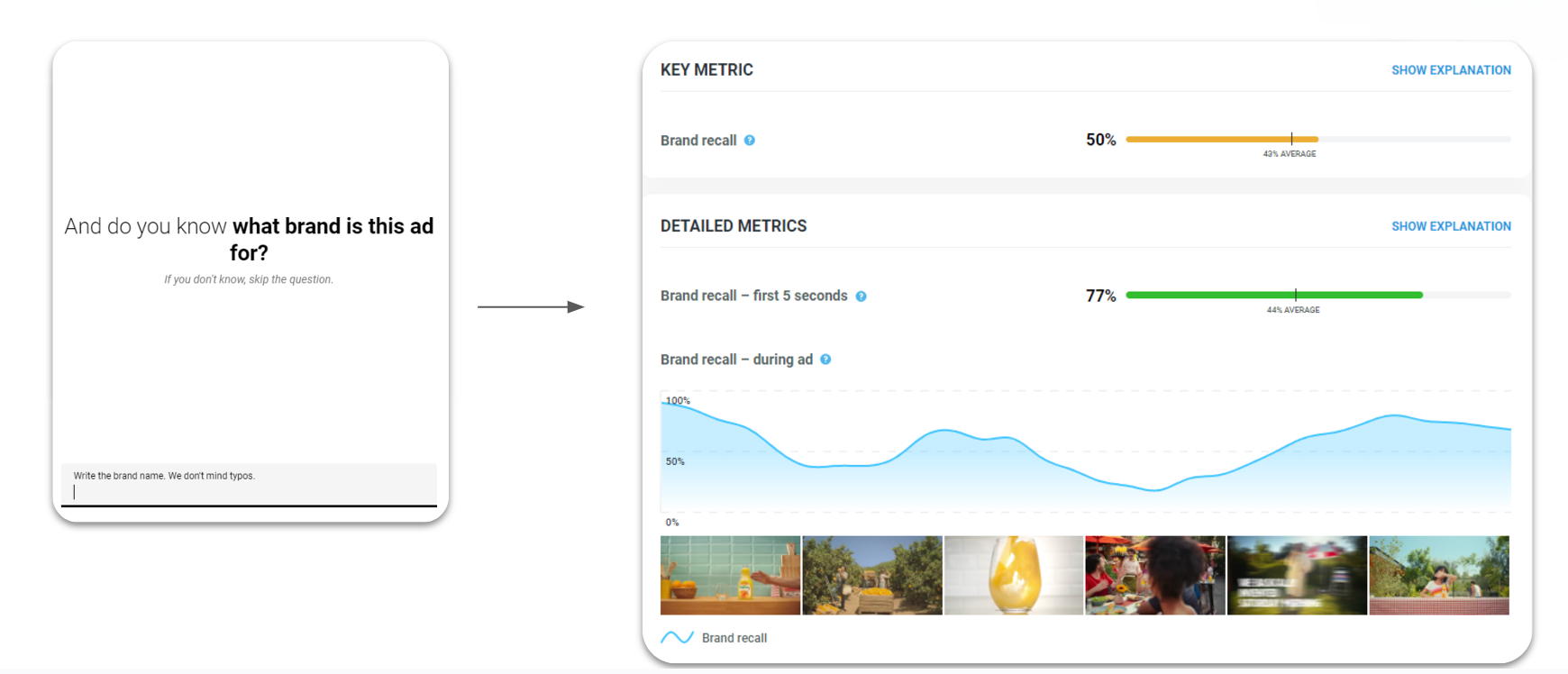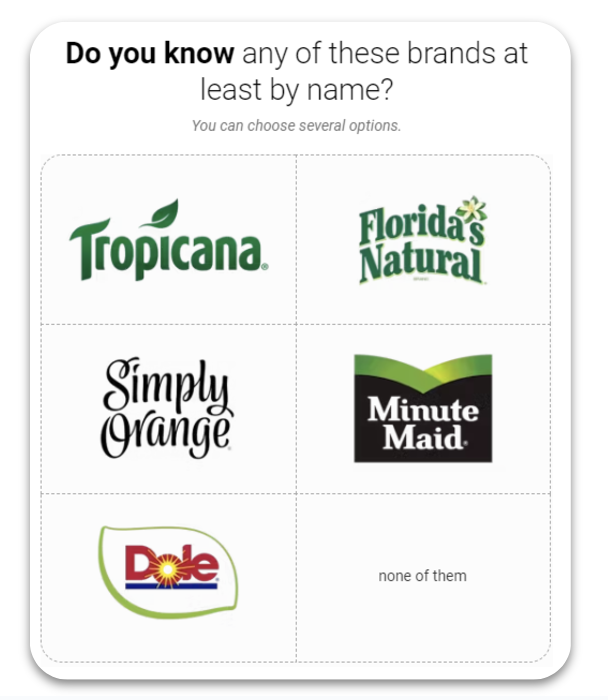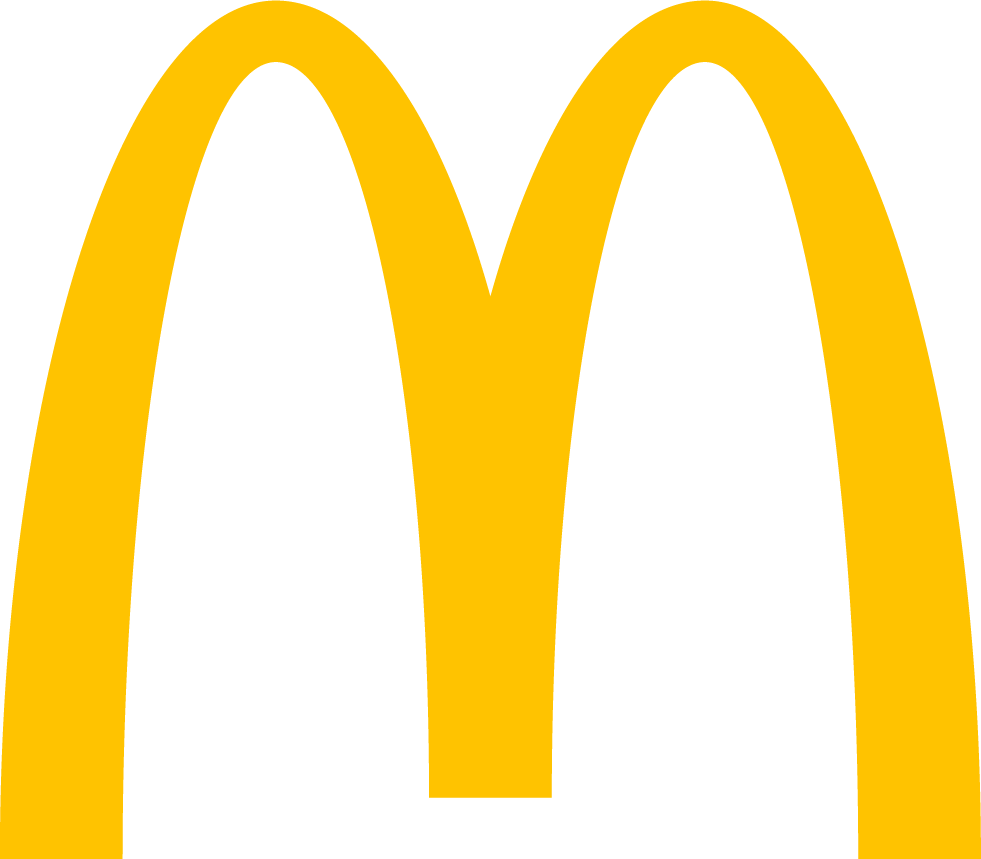What is Brand, and how do we measure it?
This article covers:
- What is Brand, and how to display it for maximum impact?
- How do we measure Brand?
- How to get Brand right in an ad?
What is Brand, and how do you display it for maximum impact?
80% of ads worldwide have no effect because people can’t even recall the brand.
A brand is not just your logo. It includes colors, mascots, tone of voice, jingles, shapes, packaging—anything that immediately connects to your brand. The key is to build these distinctive brand assets and consistently display them in connection with the need (or situation) of your customers. Then, repeat and refresh.
Through repetition, strong mental associations are formed (brand salience), ensuring your brand comes to mind in relevant shopping situations.
How do we measure Brand?
How do we measure brand recall in impact tests and video pre-tests?
Each respondent is presented with a randomly selected 5-seconds clip from the video. After the clip, we ask an open-ended question: What brand the ad promotes? The respondents write their own answer without being prompted with any brands. If they have no idea, they can skip forward.
When testing is done, we code the answers of all respondents, from all 5s clips, and sum up the occurrence of your brand. After dividing this number by overall sample size, we get the key metric: total brand recall in %. We compare that score to benchmarks (learn more about benchmarks).
The results also include the percentage of recall within the first seconds and a detailed brand recall curve that illustrates recall fluctuations throughout the ad.

How do we measure brand recall in concept tests?
After showing the concept (picture) to respondents, we ask a few follow-up questions (e.g., emotional reaction). Then, we proceed with an open-ended question: “Do you know what brand this concept is for?” Respondents provide their responses in an open-text format without being prompted with any brands. If they’re unsure, they can skip.
When testing is complete, we analyze the responses of all respondents and sum up the occurrences of your brand. By dividing this number by the overall sample size, we calculate the key metric: total brand recall (%). We then compare this score to benchmarks (learn more about benchmarks).
How do we measure awareness?
We measure brand awareness by asking respondents if they recognize specific brands by name. Respondents are shown your brand alongside competitors you’ve listed and the option “none of them.” They can select multiple brands they recognize.

How to get Brand right in an ad?
More is more.
It is not enough to display your logo at the end of an ad. Your viewers might not watch the ad from beginning to end. Make sure your brand is clearly recognizable for as long as possible during the ad, especially at its emotional peak.
Pro tip: The most effective ads ensure the brand is recognizable throughout the entire video. However, you can’t simply show your logo or repeat your brand name constantly. For full-time branding, you need to develop and leverage the symbols of your brand (brand assets) to seamlessly integrate them into the ad. This requires a long-term strategy.
Build and use your brand assets. Then do it again. And again.
In the era of digital video, ad-skipping, and people feeling overwhelmed and annoyed by advertising, you need to grab their attention within the first second of your ad. Attention is usually sparked by a strong emotional reaction.
Exploit your emotional peak for maximum impact.
Resist the temptation to constantly change your creative approach. Instead, keep and use the brand assets you’ve already built. Repeat and refresh them. It takes a lot of creativity to repeat your symbols in a playful and fresh way—invest in that.
Strictly avoid anything that resembles your competition.
Always strive to be distinctive. If your competition uses something, steer clear of anything even remotely similar—whether it’s symbols, ads, or the topics you address.
For example, do you want to hire a favorite actor to star in your ad? Make sure they aren’t already associated with another brand. Don’t hire George Clooney unless you’re Nespresso.
Pro tip: Once you have built up simple symbols such as the
of McDonald's, you can connect them in a more
complex one. Such as McDrive.
In the long term, it’s wise to establish a strong connection between your brand and a specific need. Choose one that resonates with many people but isn’t already claimed by other brands.
For example, McDrive is now a complex symbol of customer Need I want to eat quickly while driving a car. By repeating the 

